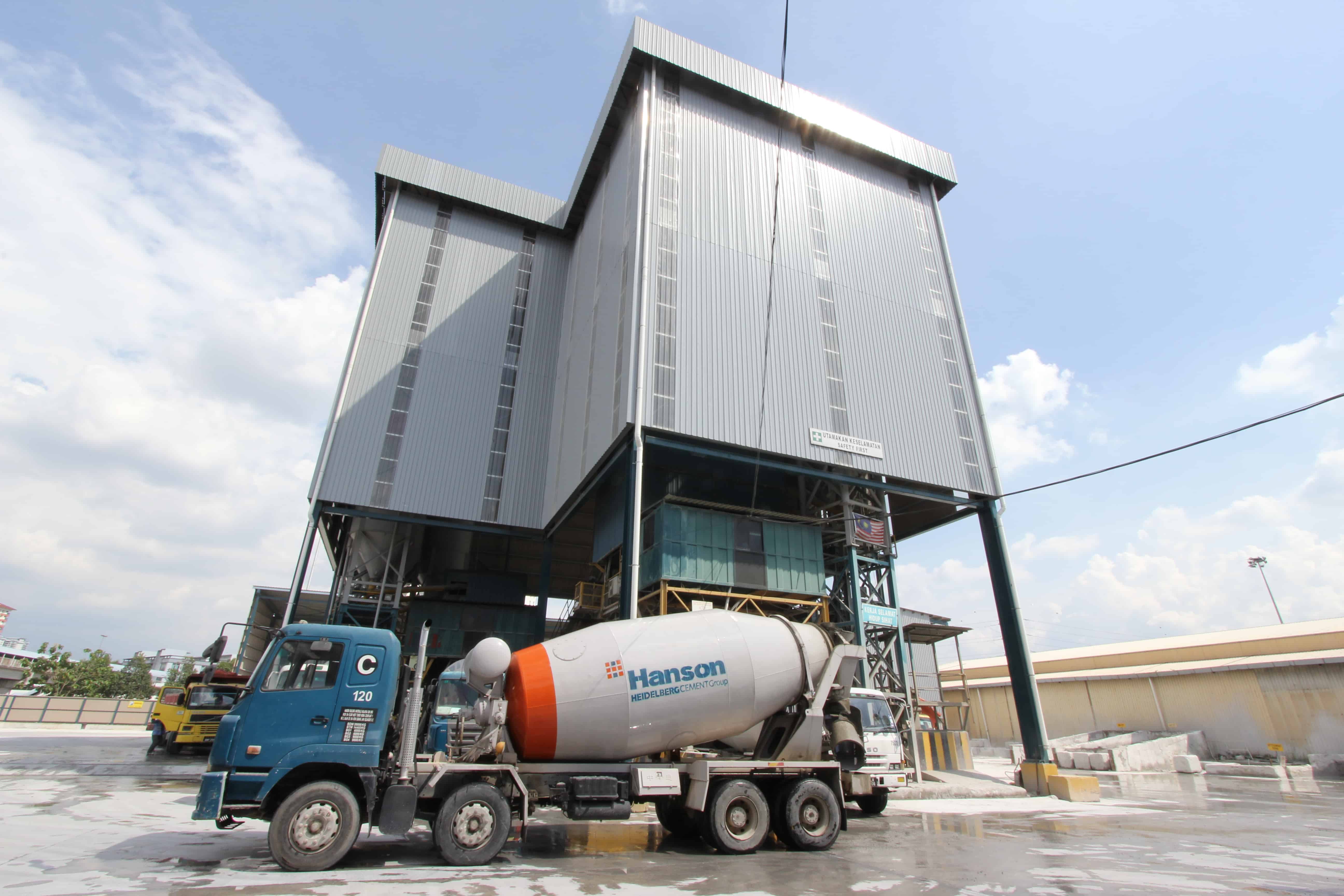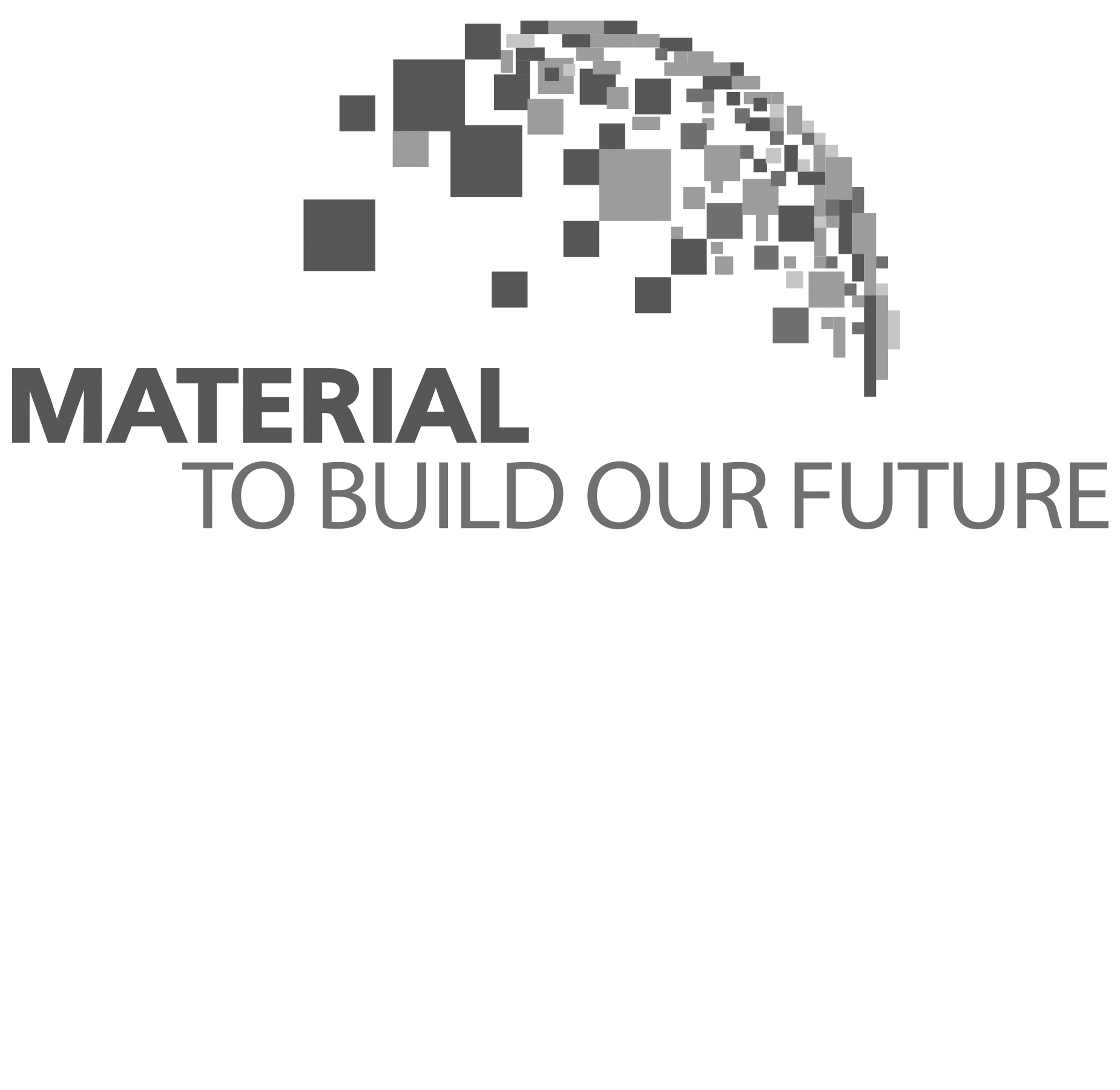
Ready-Mix Concrete vs. Site-Mixed Concrete
Are you aware of the differences between both of these? Let’s look at them below.
Ready-Mix Concrete vs. Site-Mixed Concrete: What are the Differences?
The two most common types of concrete used on construction sites are Ready-mix concrete and Site-mixed concrete. However, are you aware of the differences between both of these? Let’s look at them below.
What is Ready-Mix Concrete?
The concretes manufactured in a plant and delivered directly to the construction site in an unhardened, plastic state are known as Ready-Mix concrete. It is used mostly for large projects as it is delivered ready to use and can be used without additional effort or issues.
Cement concrete is popular as a construction material as it has certain unique features like the ability to control the properties of the concrete, mould the concrete into any shape, and so on.
The Ready-Mix concrete, made in a plant or a factory, is transported to the site using transit mixers and other related tools. Since it is delivered in the form of freshly mixed concrete, no other action is required after delivering it to the site, making it easier and more convenient for the workers.
What is Site-Mixed Concrete?
Site-mixed concretes are prepared at the construction site and mixed in specific ratios to get the desired result per the project's nature. In this method, the materials required for a particular project must be determined along with the steps to ensure consistency.
The proportion of the materials has to be accurate to avoid any quality issues that may arise while making the concrete. Different methods are used to make on-site concrete based on the nature of the project, where different tools and techniques can be used as per need.
The consistency in the quality of the concrete can be effectively maintained as per the proportions of the components mixed in the cement to obtain better results.
Differences between Ready-Mix Concrete and Site-Mixed Concrete
Concrete is considered one of the most commonly used construction materials. The construction industry preferably uses two main types of concrete: Ready-Mix and Site-Mixed.
The right type of concrete is selected per the project's need and nature, as both have their features and specifications. Even though both are used by industries and are viable, one may be more effective based on the project conditions.
The differences between Ready-Mix concrete and Site-Mixed concrete are the following:
1. Time
When the concretes are compared concerning the time taken for the process, Ready-Mix concretes are less time-consuming than Site-Mixed as there are multiple steps in the latter. So, if your project is time bound, it is beneficial to use ready-mix concretes.
2. Equipment
Ready Mix concrete does not require equipment at the construction site, whereas a weigh batch mixer is used to make concrete on-site.
3. Distribution
While dealing with the distribution, Ready-Mix concretes can be distributed to other sites within a project. In contrast, site-mixed can only be mixed at the exact point of use to avoid further contamination issues.
4. Application
The application of Ready-Mix concretes can be seen on high-rise structures as it helps in faster construction using fewer tools. In the case of Site-Mixed concrete, it can be used for low-rise structures only based on the nature of the project.
5. Work Force
As the concrete is available readily, Ready-Mix concrete requires skilled labor only to pour and compact the concrete, which does not demand more workers. Whereas. Site-Mixed concrete needs more workforce as it has to be prepared at the project site itself.
6. Storage Requirements
Ready-mix concrete does not require additional storage space for storing the raw materials as minimal tools are utilized. Since materials like cement and other tools need to be stored safely at the workplace, Site-Mixed concrete requires a controlled storage space.
7. Wastage in Materials
The material waste in the case of Ready-mix concrete is minimal when compared with site-mixed concrete, as the former is automated. As concrete is mixed on-site, there can be some material loss when using site-mixed concrete.
Conclusion
The industries choose the type of concrete based on the nature and demand of the project where appropriate concrete is chosen for effective construction development.
Even though Ready-Mix concrete is costlier than Site-mixed concrete it is preferably used for most projects as it provides quality concrete with minimal conditions.
But site mixing is considered the best option for small projects as it can be used effectively to maintain quality throughout the project.
For further information, please feel free to get in touch with Hanson Malaysia, your reliable local ready-mix concrete supplier for a full consultation.
